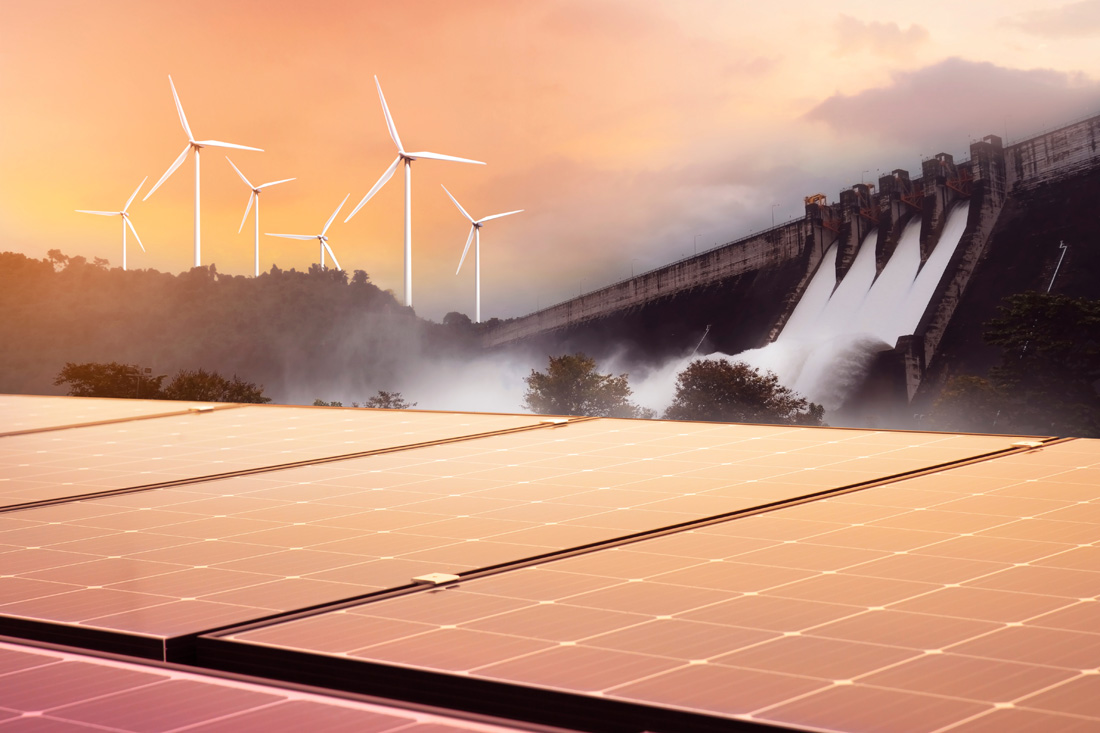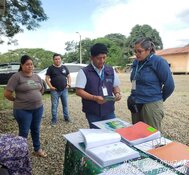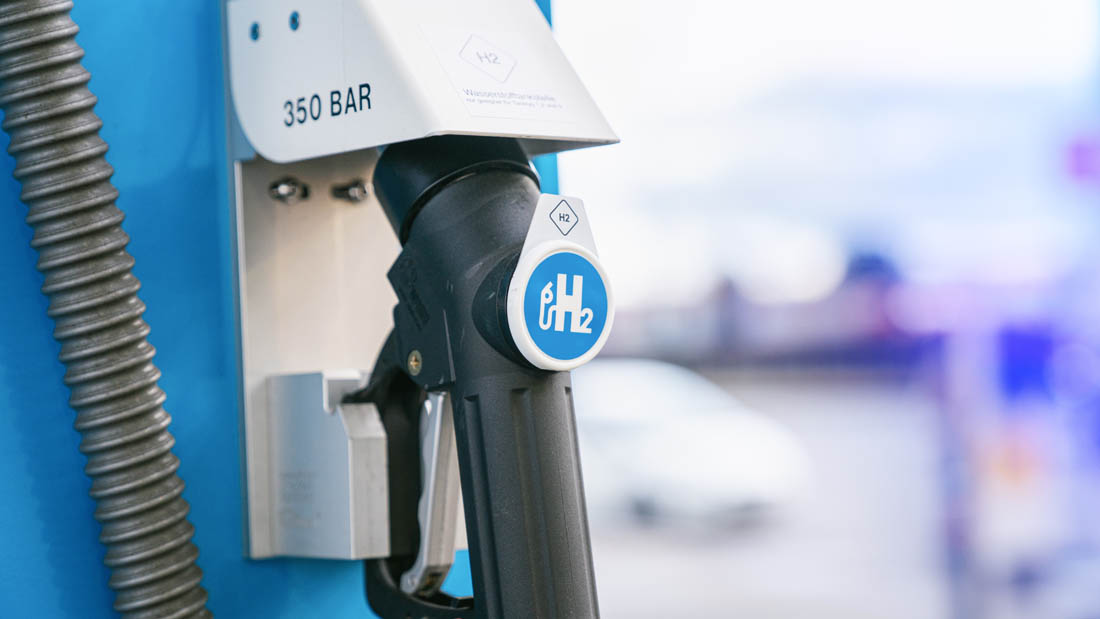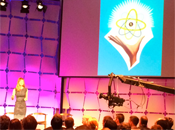
Naturally, innovation is the overarching theme here—and MIT plays a crucial role in cultivating such creativity and imagination.
I've been humbled by the brilliant minds here this week.
Innovators. . .inventors. . .disruptors.
The people gradually pulling our future closer.
And they're young, too. In keeping with MIT's m3ission to drive innovation, here's a quick rundown on three of the most fascinating emerging technologies on display this week from MIT's top 35 Innovators Under 35. . .
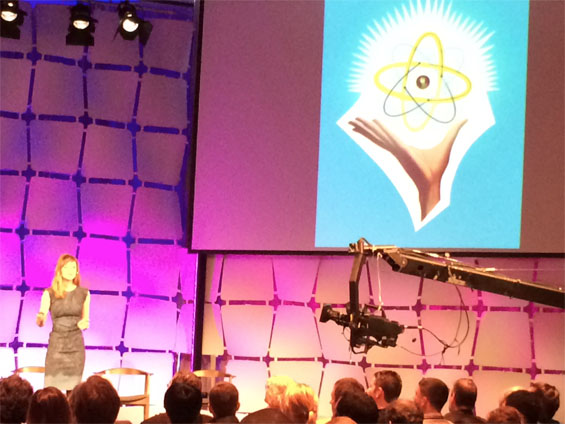
Emerging Tech #1: Molten Salt Utilization
I know what you're thinking. . ."What the heck is molten salt utilization?"
Dr. Leslie Dewan explained in her presentation.
With a Ph.D. in nuclear engineering, she's the Co-Founder and Chief Science Officer of Transatomic Power—a company that designs green nuclear reactors that generate emission-free electrical power.
Its innovation is called WAMSR—a Waste-Annihilating Molten Salt Reactor, packed with 500 megawatts of power.
As you know, waste from conventional reactors is radioactive and hazardous for hundreds of thousands of years, forcing countries to use permanent repositories for disposal. Like Yucca Mountain in Nevada, for example, which was defunded in 2010 after some political jockeying.
But WAMSR ensures that we never have to worry about political "power plays" risking our safety. It converts nuclear waste from conventional nuclear reactors into $7.1-trillion worth of electricity.
While conventional reactors use a lousy 3% of potential energy from uranium before getting removed as waste, WAMSR captures that remaining 97%. The nuclear waste is dissolved into molten salt.
Another key difference: Previous molten salt techniques—like the Oak Ridge Molten Salt Reactor—used uranium enriched to 33% U-235. But WAMSR uses fresh fuel, enriched to a minimum of 1.8% U-235. Less radioactive—and thus, safer.
Dr. Dewan and her team are going one step further.
They're working on a new innovation that will make their reactors more compact and generate electricity at a lower cost than other models.
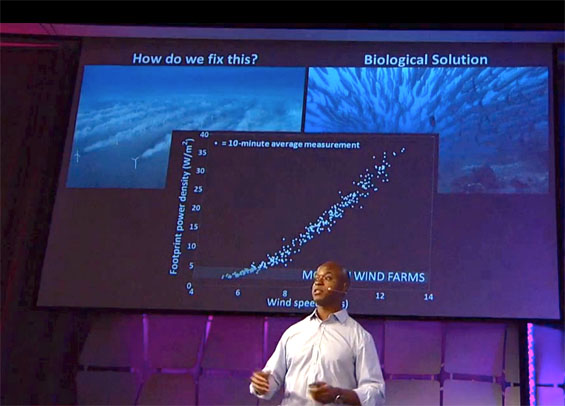
Emerging Tech #2: Bio-Turbines
John Dabiri is a genius. Specifically, a MacArthur Genius Grant recipient, who heads the Field Laboratory for Optimized Wind Energy (FLOWE) at the California Institute of Technology.
FLOWE focuses on developing alternative approaches to wind farming.
While this alternative energy has received plenty of attention over the past few years, the truth is, wind farms are expensive, massive and actually not as environmentally friendly as many people think.
Today's wind farm technology uses 300-foot horizontal axis wind turbines spread out over a large, windy area to produce energy.
Dabiri says with around 8,000 active parts, such turbines are engineering marvels.
However, they're inefficient. The turbulence from the turbines affects the performance of the other turbines. This lowers efficiency and raises the cost of the energy produced.
Not to mention, these turbines cost more money to produce, install and maintain, while impacting wildlife and looking unappealing.
The solution?
Instead of adopting the "bigger is better" method, why not turn the problem on its head? Literally.
Dabiri, a professor of aeronautics and bioengineering at Cal Tech, says nature has already solved the problem for us.
He proposes arranging vertical axis wind turbines (VAWTs) like a school of fish. Why?
Because when you pack VAWTs close together—like fish when they're swimming—the vortexes that form give greater energy density from the turbines. It's the same thing that fins do when fish swim together—creating greater energy and propelling the pack along.
This "fish formation" allows VAWTs to be smaller—only 30 feet off the ground—resulting in much more efficient farms that reduce the height of traditional wind farms by 10.
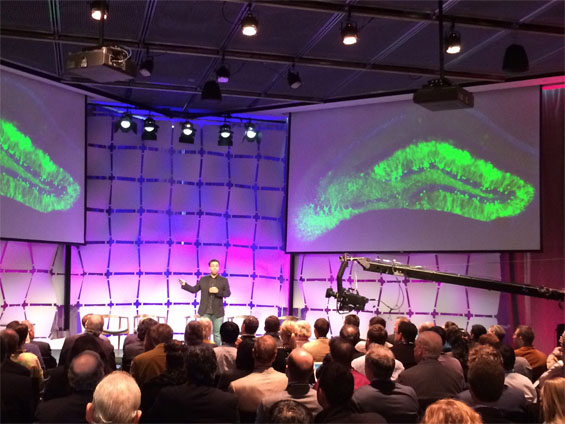
Emerging Tech #3: Neuroengineering and "Brain Paneling"
Steve Ramirez is a Brain and Cognitive Sciences graduate student at MIT.
He's tracing the locations of every memory in the brain. How?
Well, every time you form a memory, there's a specific set of cells that are active during that formation. Ramirez has discovered that by artificially installing "light paneling" into those cells, they can not only gain optical leverage over that area, they can also use brief pulses of light to genetically trick the cells into reactivating, inhibiting and creating new memories.
For example, they've already located the fear memory.
Once they understood how fear is created, they worked on methods for recalling, altering and even implanting fear into mouse brains.
Ramirez's work could play a major role in finding solutions for complex neurological disorders. Indeed, the goal here is two-fold. . .
First, Ramirez wants to activate all memories (not just fear) in patients who suffer from dementia, including its worst form—Alzheimer's disease.
Second, he wants to deactivate memories that cause debilitating disorders, like post-traumatic stress and depression.
Ramirez even suggests implanting "false memories" as a teaching method. For example, having your child think they were burned on the stove, so they never have to learn the hard way that it hurts.
Ramirez showed a tiny cross-section of the brain filled with hundreds of thousands of brain cells. The green lighting is the illumination of the cells holding on to a specific fear memory.
So in effect, what you're actually looking at is a cross-section of a memory. . .
These are just three of several keynote speakers and innovators at EmTech.
I've got tons of notes, interviews, photos and video from the event, and in future articles, I'll outline more of the main topics. For example. . .
- Energy Technologies: How Royal Dutch Shell Plc (RDS.A:NYSE; RDS.B:NYSE) is developing the future of carbon.
- Healthcare Technologies: How athenahealth (ATHN) plans to create the "health insurance internet."
- Urban Technologies: How technology will drive us toward "smart cities" and the impact it will have on your everyday life.
With the upcoming conferences I'm set to attend, you'll have access to all the breaking information as it happens.
Your eyes in the Pipeline,
Marty Biancuzzo
Chief Technology Analyst, Tech & Innovation Daily


